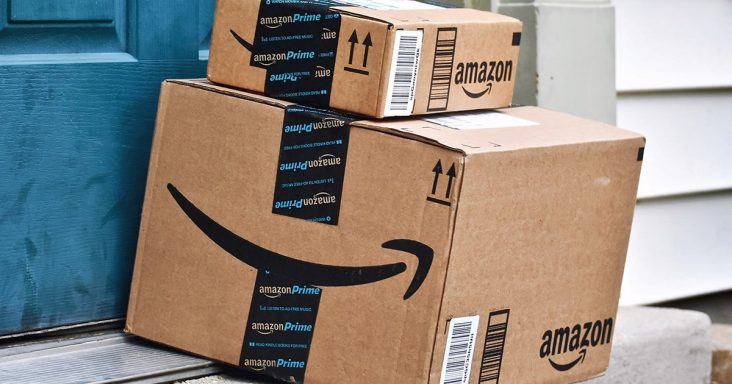Amazon, H-E-B top Dunnhumby retail preference survey
by January 18, 2022 11:34 am 1,052 views

Amazon, H-E-B, Trader Joe’s, Aldi, Publix and Wegmans, each ranked ahead of Sam’s Club and Walmart in the fifth annual Retailer Preference Index from consulting firm Dunnhumby. The RPI report looked at 61 grocers and consumer perceptions in 2021.
Walmart’s Neighborhood Market stores came in at No. 10, behind Sam’s Club and Costco ranking No. 8 and 9, respectively. Target was 11th just ahead of Publix (No. 12) and Walmart supercenters (No.13).
The RPI ranks retailers based on how well they perform against consumer needs that matter most for driving financial performance and emotional connections with shoppers. The Dunnhumby report indicates while price and quality are still the top concerns from shoppers, the metrics are less important than they were in pre-COVID reports.
Amazon, the undisputed e-commerce leader, took the top spot back from regional grocery chain H-E-B in 2021 as omnichannel came to the forefront with brick and mortar stores having shelves empty at times from supply chain disruptions and demand outpacing supplies for staples like toilet paper and canned soup.
Aldi was the lowest price retailer overall and Walmart came in No. 8 on low prices. Wegmans ranked highest in the “quality” metric followed by Trader Joe’s. Walmart did not make the top 15 in the “quality” metric. Amazon ranked first in the “digital” metric followed by Target and then Walmart and Sam’s Club.
In the area of “speed” Fareway, Aldi and Amazon were the top ranking retailers. Walmart did not rank in the top 15 for speed. Leaders in “operational efficiency” were Market Basket, Publix and Costco, H-E-B and Trader Joe’s with no top 15 finish for Walmart or Sam’s Club. The “convenience” metric did rank Walmart in the top spot, followed by Publix and ShopRite. Promotions and rewards had Fry’s Food Stores and Krogers at the top, followed by a host of regional grocers like Winn Dixie, and Fred Meyer.
Dunnhumby said 2021 was the age of reinvention for grocery retail with retailers driving more speed and digital improvements to offer convenience that now is neck and neck with quality in consumer’s eyes. The report found digital’s share of grocery sales rose to 10%, doubling from 2019. Last fall consumers surveyed by Dunnhumby anticipated giving about 30% of their e-commerce sales back to brick and mortar but 70% said COVID changed their buying shopping behavior and that is not likely to change.
The leaders in the RPI report based on consumer perception were ranked by their biggest competitive advantages and the biggest competitive disadvantages. Amazon won out on digital and speed, with speed and quality of items deemed the most improved during COVID.
H-E-B was a leader on price, quality and operational efficiency, with more work needed in speed. Aldi was also a leader on price and speed with help needed in digital and quality. Sam’s Club and Walmart each were seen as winners on price, digital and convenience, with more work needed in promotions and rewards and quality.
This was the first year Dunnhumby found digital capabilities matter as much to shoppers as quality. The changes open a more relevant path for grocery retailers to drive competitive advantage in the future, the report states. Dunnhumby also ranked the retailers best positioned to win with digital in this year’s report. Amazon and Amazon Fresh took the top two spots, with Target, Walmart and Sam’s Club rounding out the top 5.
The rankings were made based on customer perceptions such as how easy the online shopping process is, the average online shopper penetration rates and customer engagement.
